Africa
More than a century after the light bulb was invented most of the African continent is still in the dark after nightfall.
School children often cannot read after dusk, businesses cannot grow, clinics cannot refrigerate medicine or vaccines and industries are idled, hampering economic growth, jobs, and livelihoods.
Today some 25 countries in sub-Saharan Africa are facing a crisis evidenced by rolling blackouts. Although the African continent is well endowed both with fossil fuels and renewable resources, these are not evenly distributed, creating windfall profits for some countries and exacerbating the crisis in others.
The Africa Power Vision (APV), a joint venture, has designed a long-term plan for increasing access to reliable and affordable power across Africa. The development plan will make use of the continent’s diverse energy resources in line with the Africa Union’s Agenda 2063 of powering the continent.
APV was jointly developed by the African Union Commission (AUC), NEPAD Agency, Nigeria’s Federal Ministry of Finance, the UN Economic Commission for Africa (UNECA) and the African Development Bank (AfDB).
The APV will drive energy projects through the implementing arm of the African Union, the NEPAD Agency.
#Afrique, Africa Power Vision envisage d’électrifier 80% des ménages d’ici 2040
— #AFRICA24 (@AFRICA24TV) April 19, 2016
“APV aims to achieve an 80% residential electrification rate by 2040 and 90% for industry/business, with sufficient energy to deliver to those connected, while also implementing off-grid solutions and making full usage of the vast renewable energy resources in Africa,” NEPAD said in a statement.
According to NEPAD, the foundations of the APV are based on the Programme for Infrastructure Development in Africa (PIDA), targeting priority energy projects in Africa with the aim of advancing its implementation in line with Africa’s Agenda 2063.
In South Africa, the initiative has plans to develop an 8,000km transmission line that will stretch across Egypt, Sudan, South Sudan, Ethiopia, Kenya, Uganda, Tanzania, Malawi, Mozambique, Zambia, Zimbabwe and anchor in South Africa.
By facilitating trade between the East African and Southern African Power Pools, the transmission line will have the capacity to transmit between 3,000 and 17,000MW.




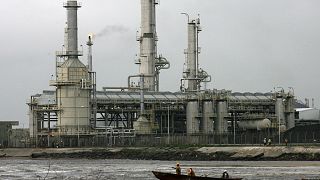

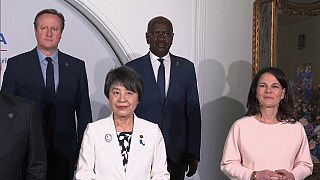
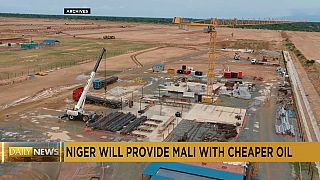


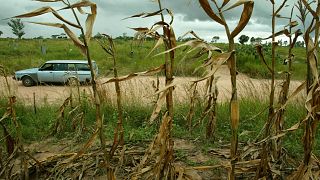
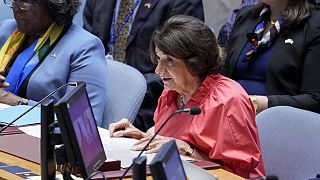
01:30
UN reports widening global inequality in sexual and reproductive health and rights
01:11
UK man runs the length of Africa in 10,000 miles and 352 days
00:59
British man running length of Africa nears finish line
00:47
We are working on ways to support drought-hit African countries- IMF
01:35
Morocco: Rabab Cheddar chases Olympic dreams while fasting Ramadan
01:58
Putin addresses French president's concerns over Russian presence in Africa